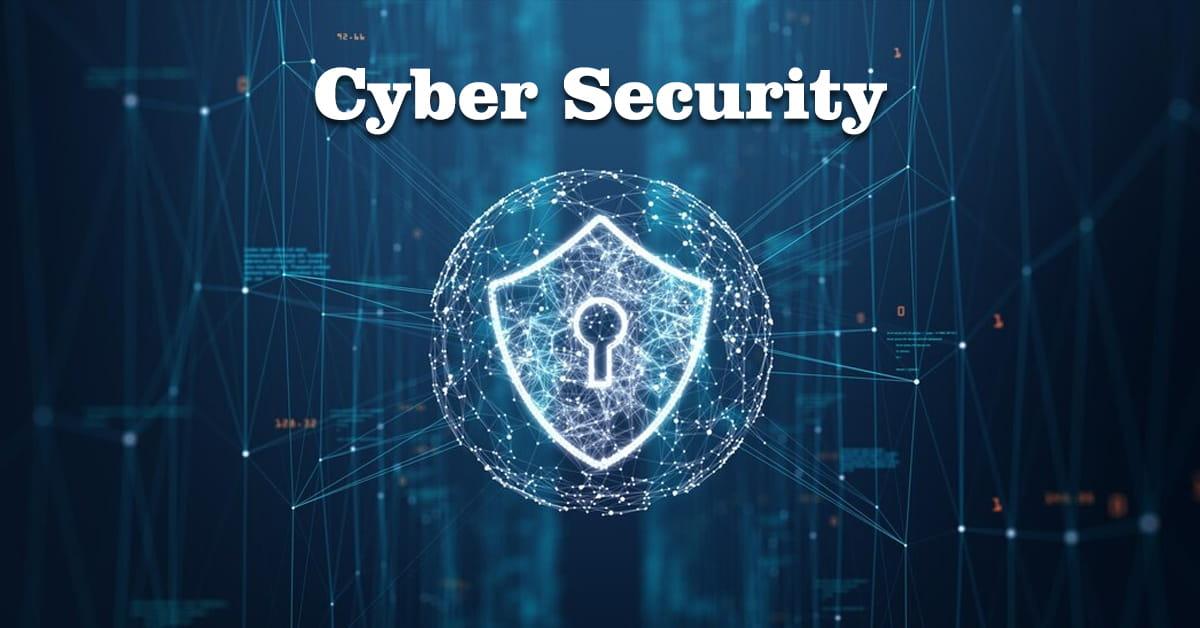Inquire
How to create a blogs in cyber security

Digital Photography School Search: Search How to Make Your Blog a Cybersecurity Fortress Posted By Guest Blogger 11th of April 2016 Miscellaneous Blog Tips photo-1446155822036-0a91268cde82 This is a guest contribution from Cassie Phillips. Problogger is where I learned a lot of my own blogging skills, and I cannot compliment Darren enough for creating a space for bloggers that focuses on real improvement and in-depth conversation. Posts on the website such as this one on improving SEO efforts demonstrate the quality we all hope to achieve. Many bloggers go into blogging thinking that nothing could happen to their blog and that anything on the internet is, to an extent, removable. They believe that they don’t have to worry too much about security on their blog because no one would ever bother to attack their modest blog. These bloggers are, unfortunately, wrong. Thousands of websites and blogs are attacked every single day, and there is no reason why your blog shouldn’t be a target. Cybercriminals and hackers want to attack blogs for different reasons, and often the size of your blog doesn’t matter. Depending on what you put on your blog, a skilled hacker can even turn it against you. These factors necessitate a need for increased cybersecurity across the board, but you as a blogger can acquire every tool and habit needed to protect yourself. Each blog is different, but some strategies are universal and will prove necessary in the years to come. Here are some of the best ways to make your blog safe from online threats: Make Good Plugin Decisions There is a strong likelihood that you use plugins or scripts on your blog to make it more appealing to readers. You might even already use a security plugin such as WP Security Scan or WordFence to protect your blog. It might not be enough, and you should take note of the following so you can use these tools to the best of your ability in the future: Make sure to update your plugins (along with your computer) as often as possible. Cybercriminals will often take advantage of exploits to find a backdoor into your blog. Don’t let hackers take advantage of the window between developer patch and download. Get rid of the plugins that are no longer updating themselves. Chances are you can find a safer alternative that reacts to exploits and new threats. You might need more than one security script or plugin. Check to see what vulnerabilities or other threats your tool fends off. Then, check to see if there are any gaps that can be filled by another tool. Just make sure that any tools you use are compatible with each other. Use a Virtual Private Network Public networks are some of the most dangerous places online. There is rarely anything stopping a hacker from sitting down and using a “sniffer” program to monitor all data being sent and received on the network. Anything you work with, even your blog’s login information, will come up on the hacker’s screen with little difficulty. This can easily lead to account and identity theft. On a similar note, whenever you travel you might not know who could be watching you. You might find yourself on the wrong end of government censorship or surveillance. This can put your blog at risk or disadvantage. The best way to handle both of these problems is to use a Virtual Private Network (VPN). A VPN is a service that connects your devices to an offsite secure server using an encrypted connection. The encryption will protect your blog’s information on any network allowing you to work as you need to. The fact that you are using a different server means that your IP address will be masked and you will be much more difficult to track. As long as you get a VPN that provides you with many options, you will be able to work safely from anywhere. Use HTTPS One of the costlier, yet eventually necessary steps you can take to protect your blog and your readership is to look into HTTPS protection. Depending on your host, you might have it already. You can check by simply navigating to your website and looking for something that looks like a padlock in your address bar. The protocol will add an extra layer of protection to communications involving your website, making it that much harder for hackers to take a peek at what’s going on. The more active involvement and information you work with on your blog, the more you need this. If you think it is worth the investment (it eventually always is), look into buying and installing an SSL certificate on your blog.

- Managerial Effectiveness!
- Future and Predictions
- Motivatinal / Inspiring
- Other
- Entrepreneurship
- Mentoring & Guidance
- Marketing
- Networking
- HR & Recruiting
- Literature
- Shopping
- Career Management & Advancement


 SkillClick
SkillClick